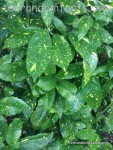
Money may not grow on trees… but gold spots grow on Japanese laurels.
- Japanese laurels are a species of shrubby plant native to the forests of Japan, China and Korea.
- ‘Japanese laurels’ are also known as ‘spotted laurels’, ‘gold dust plants’ and ‘Japanese acuba’.
- The scientific name of a Japanese laurel is Aucuba japonica and it is from the family Garryaceae, a family of evergreen dicot shrubs and trees.
- Japanese laurels generally grow to be heights of 1.8 to 3 metres (6 to 10 feet), however some varieties can be as short as 0.9 metres (3 feet).
- The green leathery leaves of Japanese laurels are often variegated, dotted with yellow specks, and the leaves are usually between 5 to 20 centimetres (2 to 8 inches) in length.
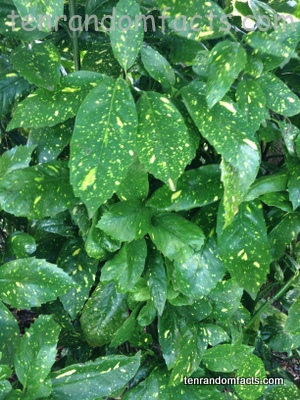
- Japanese laurels are hardy and easily grown in a wide range of conditions, and they can be situated in shade to full sun.
- Non-edible berries, around 1.3 centimetres (0.5 inch) in size, are produced in autumn, on female Japanese laurels if fertilised by a nearby male, and they are a red colour, and not eaten by birds.
- Japanese laurels produce deep red to purple coloured flowers that typically bloom in spring, and the flowers form differently on the male plants, compared to the females.
- Japanese laurels are popularly used ornamentally as a hedge or for other landscaping purposes.
- A number of varieties of Japanese laurels have received the Award of Garden Merit from the United Kingdom’s Royal Horticultural Society.



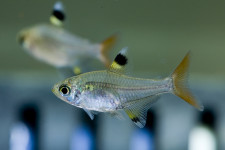

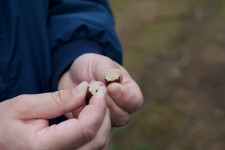
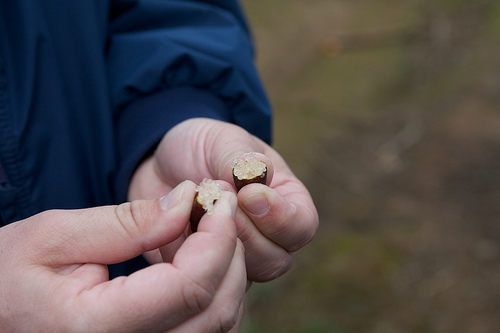
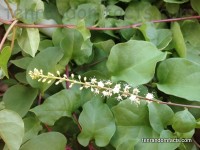
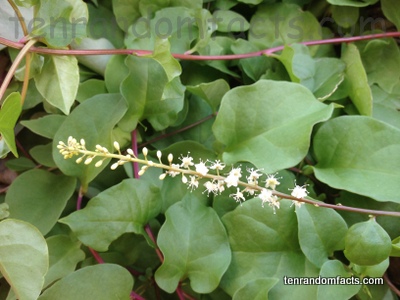


 Fire Engine
Fire Engine






